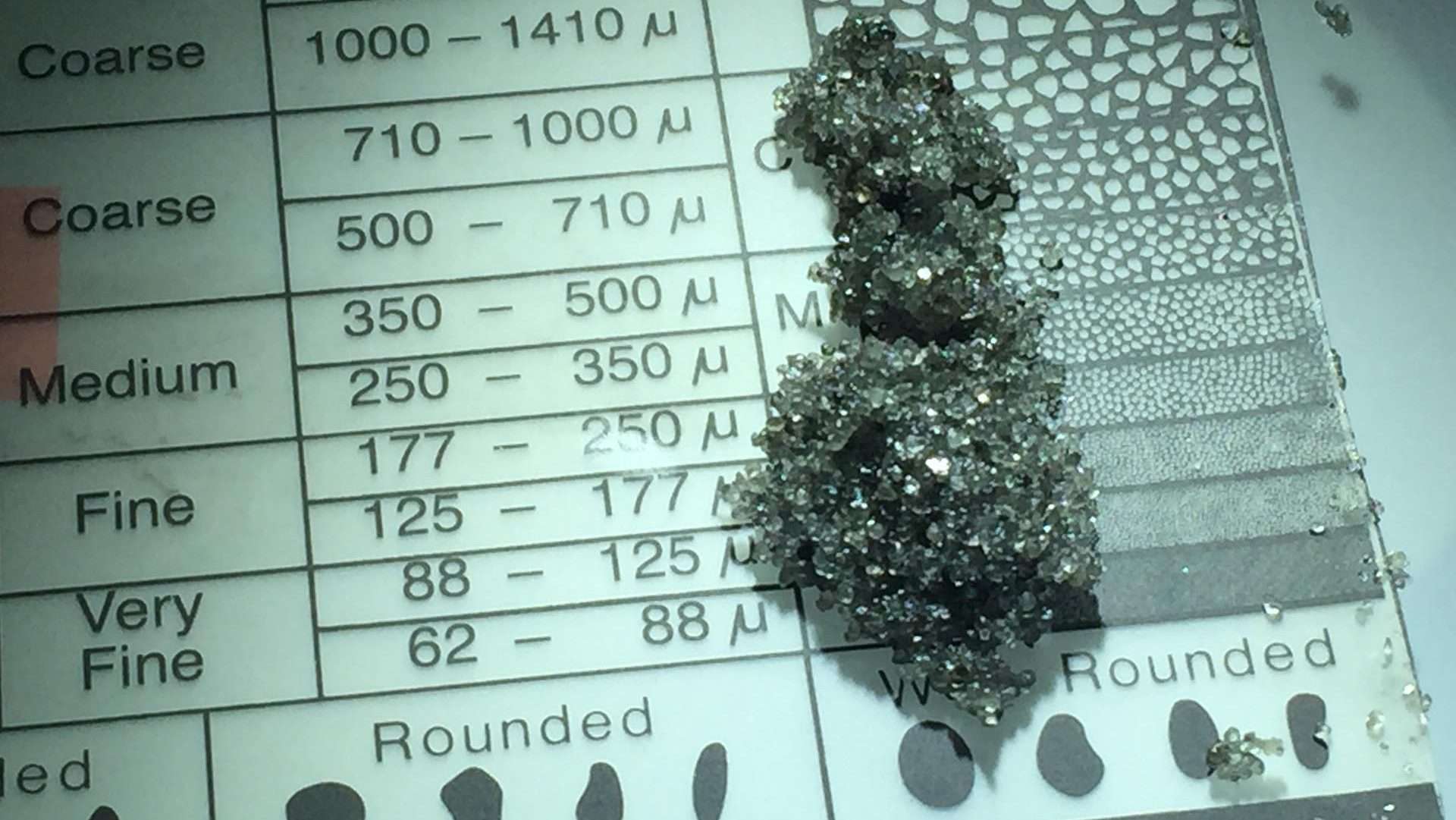Abstract
"Formation evaluation" comprises correlation, reservoir detection, and reservoir evaluation. In the Chauvin, Wainwright, and Lloydminster areas, the principal heavy oil reservoir is the Sparky sand. The oil sand pools are surrounded by halos or "channels" of shale. Correlation is more difficult in the Lloydminster area than in the Wainwright area or the Chauvin area because the sand distribu- tion is more complex. Reservoir detection is more difficult at Wain- wright and Chauvin because the oil sands are thin and apparent resis- tivities are low; at Lloydminster the oil sands are thick and apparent resistivities are high. At Wainwright and Chauvin, a resistivity log, a porosity log, and often a drill stem test are necessary for a deci- sion to set pipe; at Lloydminster all that is required is an electrical log. Productivity varies considerably from pool to pool, probably because of changes in sand permeability and oil viscosity. Since these changes cannot be detected by the electrical log prior to setting pipe, the present practice is to determine productivity by production testing after setting pipe. Transmissibility (kh)/u as derived from drill stem test data may provide a means of estimating productivity prior to set- ting pipe.



